Just last year, we visited Turkey for 8 days, and one of the places we got to see, apart from the more popular Istanbul, was Bursa.
Where is Bursa, many of my friends asked me.. and what’s there to do there?
Well, Bursa, the first capital of the Ottoman Empire, though less known, as it turned out, was an amazing place. It’s approximately 4 hours by car, from Istanbul. It is the fourth largest city in Turkey, and is located in the northwestern part of the country, just south of the Sea of Marmara.
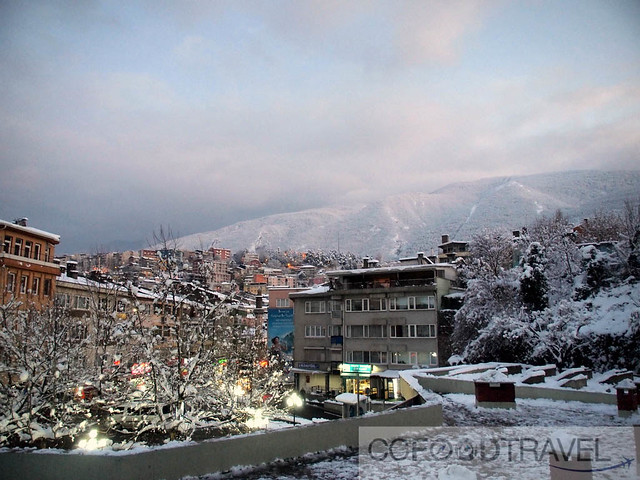
Bursa has its fair share of mosques, mausoleums and other interesting cultural sites to keep most travelers happy for 2-3 days exploring it. In 2014, Bursa and a nearby village of Cumalıkızık were added to the UNESCO world heritage list. Bursa is modern and has a nice mix of shopping strips as well as parks, but for some fresh air after pounding the markets, the soaring peaks of Mt Uludağ (Turkey’s premier ski resort) is a mere 1hour away, with fabulous Çekirge’s thermal hammams en route.

If you’re planning your route to Bursa, over land is probably the best way.
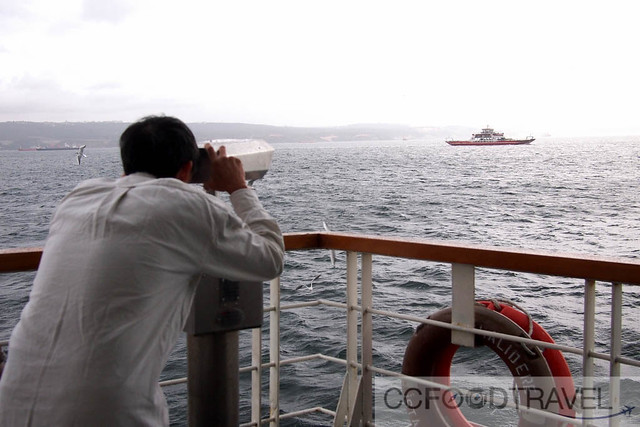
It shows on google maps that Bursa is a mere 2hr 40 minutes by car from Istanbul, but if you factor in the ferry crossing over the Gulf of İzmit (narrowest point of the Marmara Sea), and Istanbul’s infamous traffic jams, it’s really closer to 4 hours.
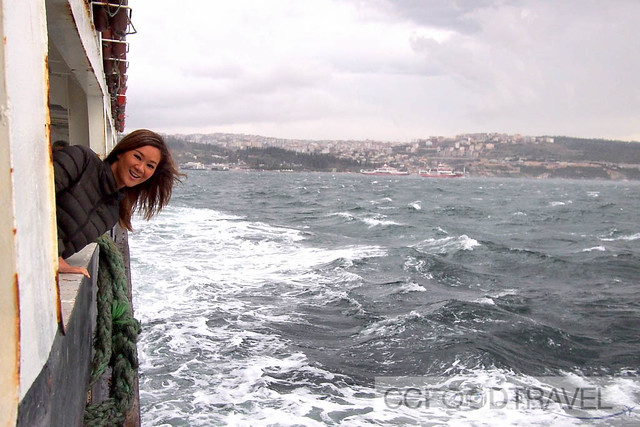
On our recent trip, we spent 5 days in Istanbul and 3 in Bursa, and I must say, the latter really impressed us and left us wishing we had more days to explore the place. Bursa has a great mix of heritage, culture and raw landscape adventure, all tightly packed in one spot, therefore making it a must visit.
Here are our tips on what to do, where to go and what to eat in Bursa.
1.Visit the Old Village of Cumalıkızık
Cumalıkızık is a village in the Yıldırım district of Bursa Province, located 10 kilometers east of the city of Bursa, at the foot of Mount Uludağ.
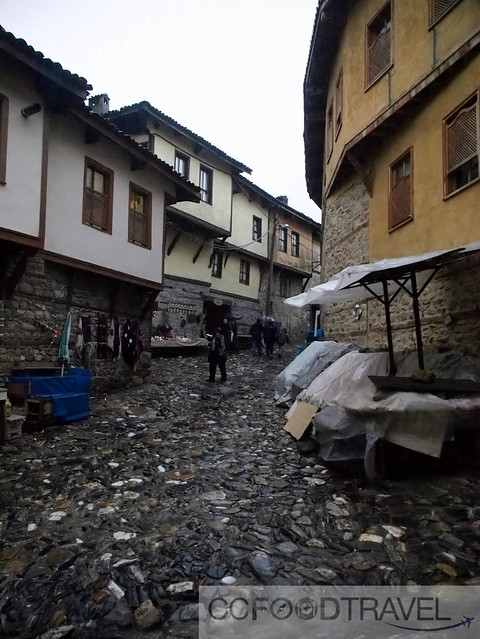
Its history goes back to the Ottoman Empire’s foundation period. The architecture of this village as seen in the early Ottoman period are still intact. Because of this, Cumalıkızık has become a popular but still unspoiled center for tourists.


We were happy to received with open arms by the folks of Cumalıkızık and they even fed us Turkish snacks and tea.
The Cumalıkızık ethnography museum in the village’s square displays historical objects from the village. Every June there is a raspberry festival here, but we arrived in the cold of winter, so no raspberries;)
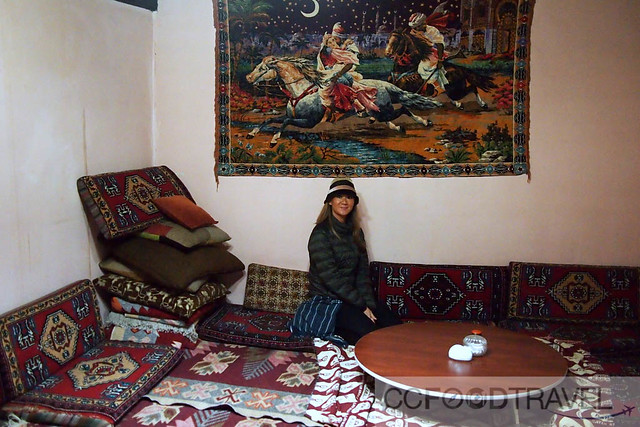
The famous Cumalıkızık houses are made out of w. Most of them are triplex houses. The windows upstairs are generally latticed and with a bay window. The handles and knockers on the main entry doors are made of wrought iron. Add tons of carpets, throws and pillows with traditional Turkish patterns and it’s all terribly cozy.
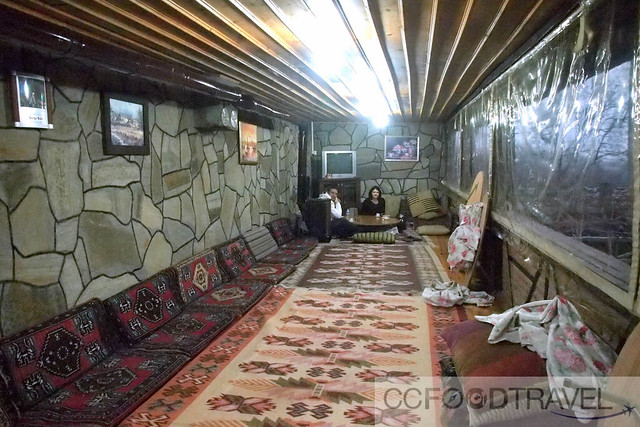
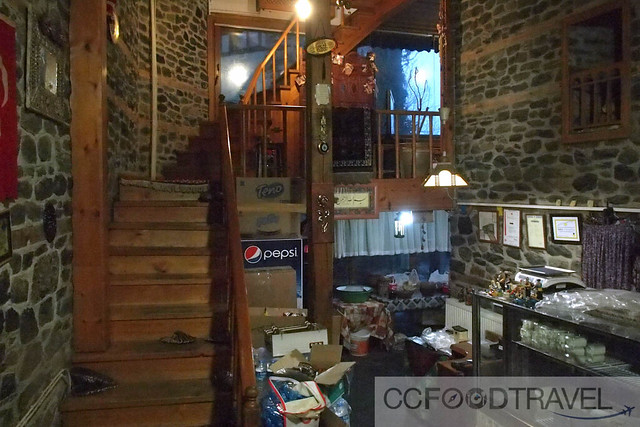
I loved the raw feel and look of the wood, adobe (mud bricks) and rubblestones building materials. It was amazing how warm the interior was, without heating. The way the homes were built actually trapped heat and kept the inhabitants warm though it was snowing outside.

Cottage industry – cheese, sausages, pickles

Cobblestone streets are very narrow here with no sidewalks, but the village has a typical medieval gutter in the center for rain and waste water. A mosque, the fountain of ‘Zekiye Hatun’ next to the mosque and a bath with one dome are original from the Ottoman Empire.
 <
<
Also there is a ruin of a church built by Byzantines. Cumalıkızık holds 270 historical houses. Some of these houses are in process of restoration and maintenance, and 180 of them are still being used as dwellings.
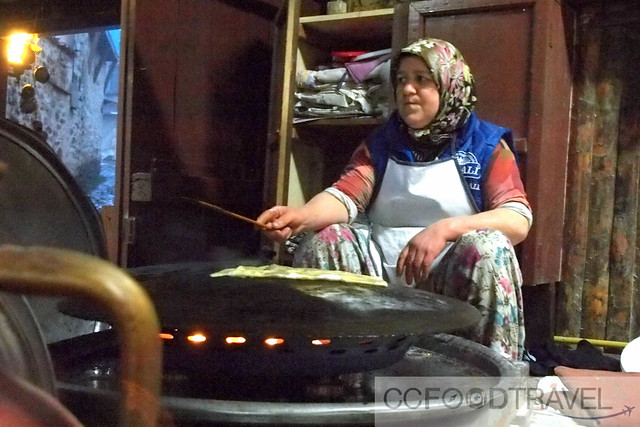
It’s all terribly quaint. If you want to get a flavour of the old world, visit Cumalıkızık.
2. Have lunch at Sümbüllübahçe Konağı Restaurant
This place is real pretty and a must visit for some warm, hearty Turkish lunch. Sümbüllü is postcard perfect and sits inside the confines of a historic mansion.
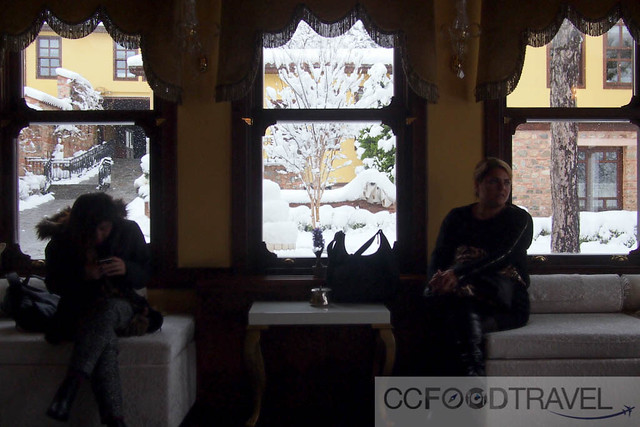
In this corner of the rarest historic fortress, Orhangazi and Osmangazi mansion the restaurant is just beautiful – picture magnificent gardens, unique scenery and intricate architecture. The food is fine and well constructed too.

Nomads meat .. Chunks of succulent lamb rib meat soaked a garlicky, tomato based sauce as well as in its own fatty juices, served on a bed of double baked and fried bread that conferred a chewy texture, with sides of thick rich sour cream yoghurt and braised capsicum and tomaotes. This was brought to the table under a shiny brass hood, served up steaming hot on a brass plate.

starters of cabbage stuffed with rice
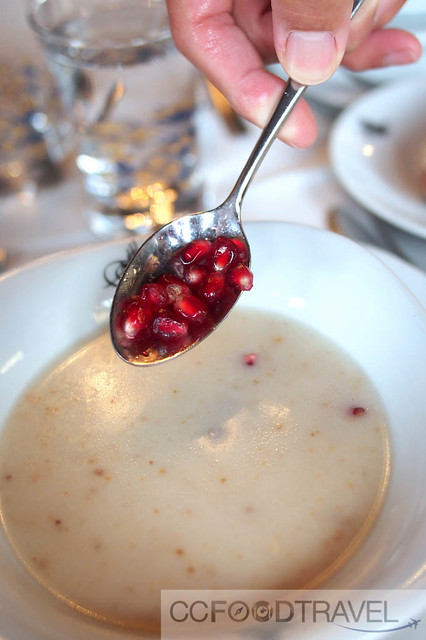
soup with fresh pomegranate added to it – refreshingly delicious!
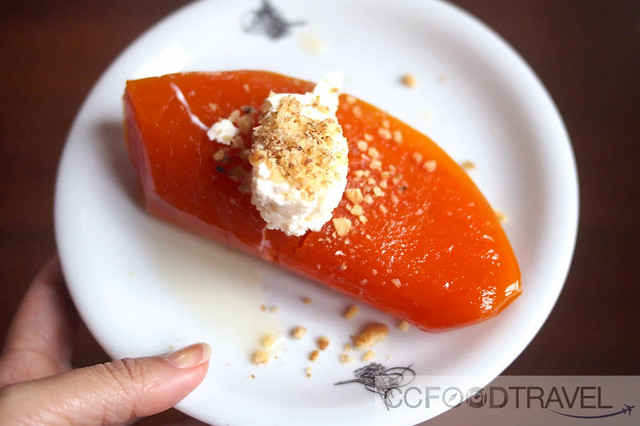
A lovely pumpkin dessert that will take you beyond pumpkin pie. Turkish candied pumpkin dessert, better known as ‘kabak tatlısı’ (kah-BAHK’ TAHT’-luh-suh), is super sweet but definitely a great way to get the full flavor of pumpkin without the extra calories of crust! Anyway the sugar alone is enough to knock your tastebuds out of orbit.. Luckily though it is perfectly tempered with Kaymak, a creamy dairy product similar to clotted cream, made from the milk of water buffalos, cows, sheep, or goats in Turkey.

No meal is complete without Turkish coffee or Turkish delight! 🙂
3. Shadow play with the Karagöz Puppets of Bursa
Karagöz shadow puppetry, one of Turkey’s most distinctive art forms, was born in Bursa in the 14th century back when Bursa was still the capital of the young Ottoman Empire .
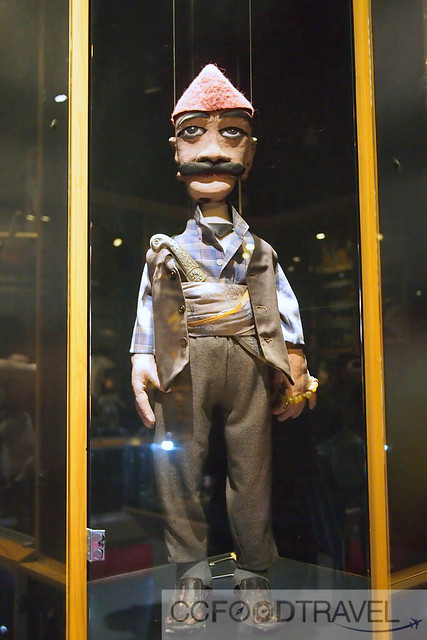
The Karagöz Museum puts on shows daily, starring the puppets which have kept the Turks amused for hundreds of years.
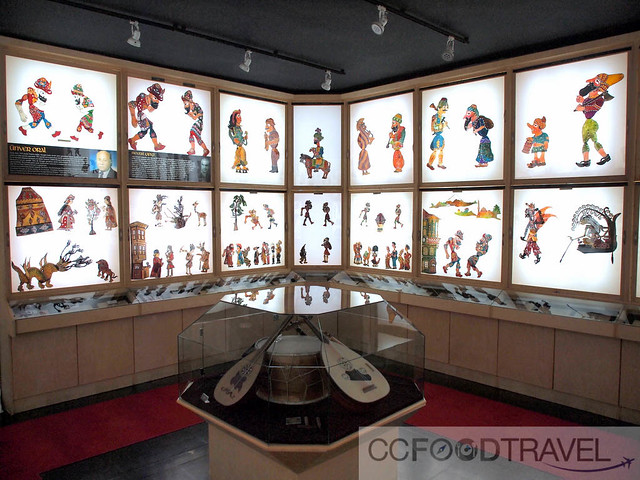
The art form’s popularly accepted origin story tells of Karagöz and Hacivat: two men working on the construction of the Orhan Gazi Mosque in the city center. Rather than work, these two spent most of their time bickering and teasing each other in such an entertaining fashion, that they became a major distraction to the other men.

And so the sultan, impatient for the completion of his mosque, had them executed. The shenanigans of Karagöz and Hacivat were so missed by the people, that a new form of puppetry was invented to commemorate them and their already-legendary quarreling. At the Karagöz Museum we couldn’t help but noticed how fine the artwork of the puppets were. They were made from camel skin, dried and dyed in bright colors and incredibly attractive, mounted in light boxes.

Some even looked reminiscent of the Indonesian Wayang Kulits we have seen in Indonesia. Turkey itself sits on the physical border between Asia and Europe, and on the cultural border between East and West. As such, it is not too vastly different and has a lot of Asian influences as seen in the shadow puppets.
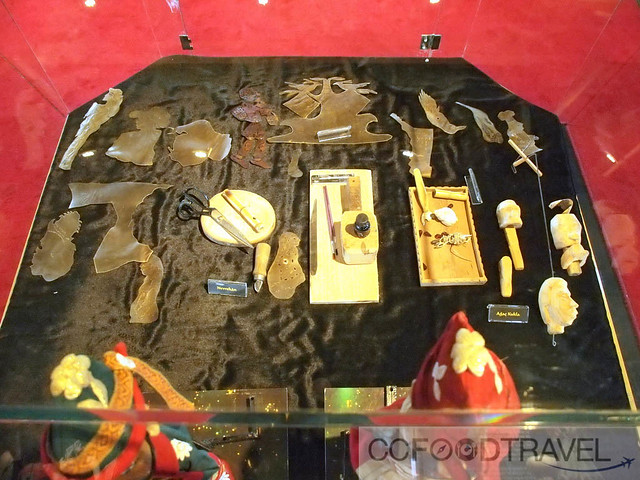
In its historical past Turkey was the center of a vast empire that, until early in this century, had a profound influence on the Middle East, North Africa, and Eastern Europe. Moreover, Turkish people and Turkish languages are found over an even larger area stretching from Eastern Europe through the Middle East and across Soviet, Central Asia to China and Siberia. There are a lot of very interesting things about the Turks that we discovered on this fascinating trip to Turkey. Anyway, the Karagöz Museum puts on two puppet shows every day but we missed watching one this time. Perhaps the next!
4. Have dinner at Tavaci Recepusta
Certainly one of the best traditional meat dishes we had in Bursa. The appetizers were fine, bursting with flavor, and a pleasant surprise.
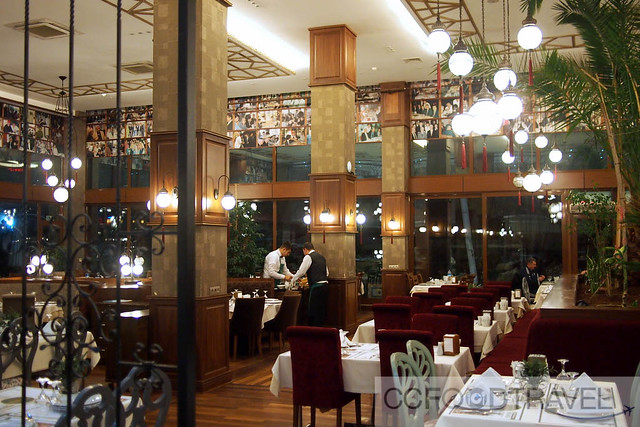
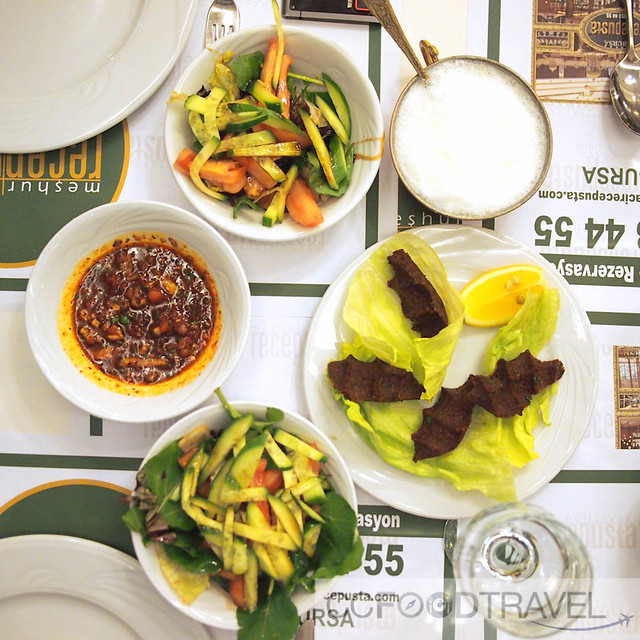
Refreshing starters to fire up the appetite..

Ayran is a cold yogurt beverage mixed with salt. In Turkey it is considered a national drink. It’s like fizzy drinks, but the healthy version and ayran produces extra froth when mineral water added.

These reminded me of the Dolmades – them tasty Greek lamb-and-rice stuffed grape leaves but these were vegetarian.

kaburga dolmasi – lamb ribs on fragrant rice .. crazy tasty and great for the carnivores!

Meşhur Sac Tava – diced lamb served with pita bread of pilav rice
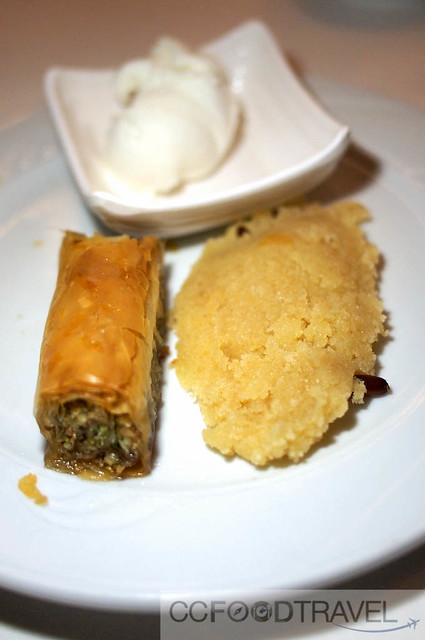
Turkish baklava and ice cream
The lamb dishes were magnificent and the desserts delicious. This is definitely the place to come for your meat fix.

Keep and eye out for the coffee expert who will come around and serve you Turkish coffee from a traditional Turkish coffee pot – it has its own inbuilt furnace to keep the coffee warm too.

The guy is quiet a class act, eventhough we could not understand Turkish, he kept telling us amusing stories and jokes about coffee which added to the charm of the experienced. Loved every minute dining at Recepusta – you have to dine here!
5. Visit Ulu Cami, The Great Mosque
And great, it is! This place is most well known for its beautiful calligraphy. I have to say how amazed I am at the way of life in Turkey – so much tolerance for different races and religions. Even if you are not a Muslim, all you need is to cover up from head to toe (ladies should use a scarf for their heads) you are still allowed to enter this place of worship.
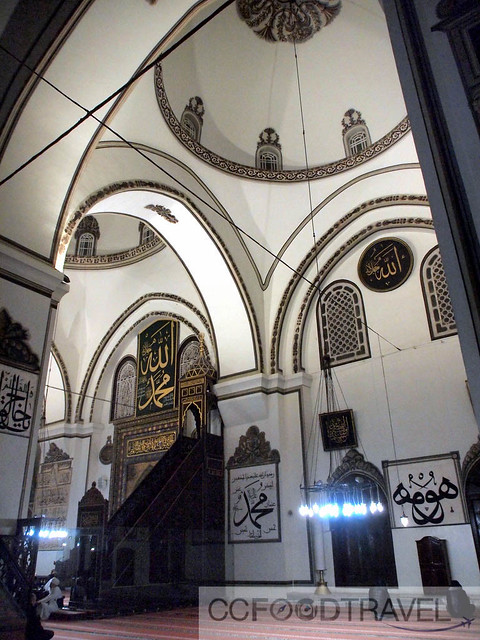
Anyway, right in the old city centre of Bursa, just next to the Bursa City Museum, is the Bursa Ulu Cami or the Bursa Great Mosque, a large rectangular structure with twenty domes.
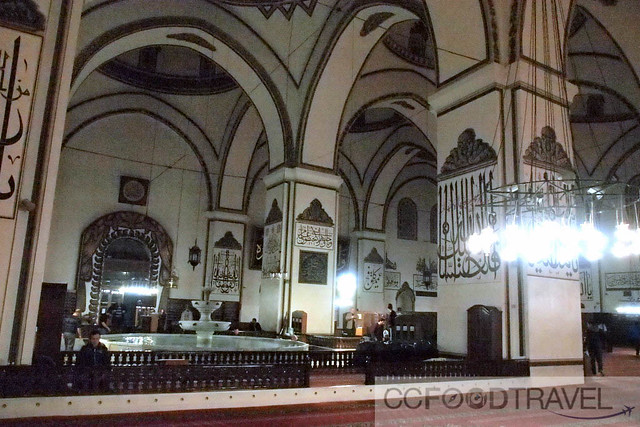
Ulu Cami is the largest mosque in the city of Bursa and its twenty domes were supposedly built to represent the twenty mosques which Sultan Bayezid I had promised for winning the 1396 Battle of Nicopolis.

Ulu Cami was built from 1396 to 1400. Guarded by two minarets, the external view of the Great Mosque is quite plain but once you step inside, impressive arches, columns decorated with exquisite Islamic calligraphy and many other features show the magnificence of this mosque.
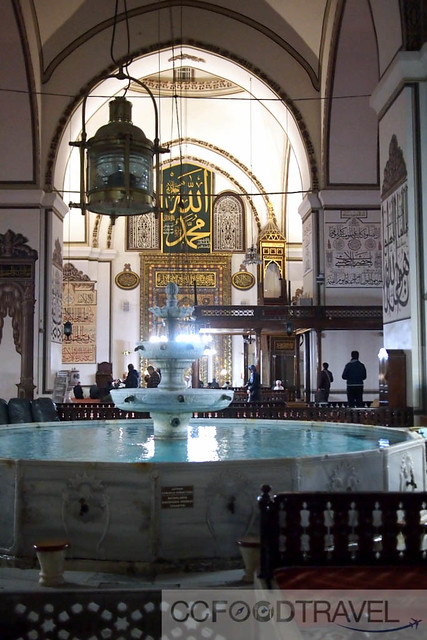
In the center of the mosque is a beautiful three-tiered marble fountain (şadırvan) where worshippers can perform ablutions before doing prayers. Over this fountain, an oculus in the central dome lets in soft light which plays on the turquoise colour of the fountain’s water pool, as well as provides lighting to the mosque.
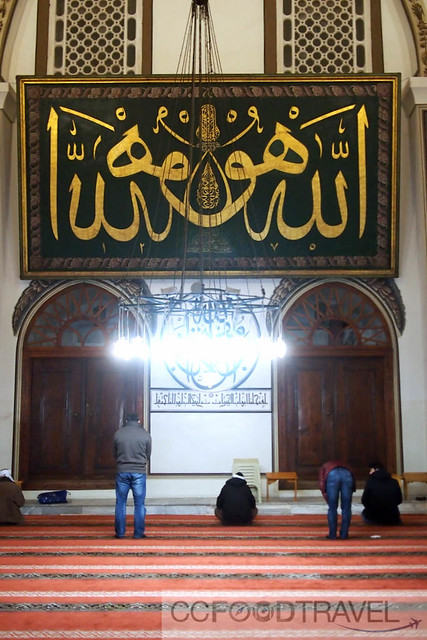
Most astounding of all though, and breathtakingly beautiful are the wall inscriptions, written by famous Ottoman calligraphers. These are said to be the best examples of Islamic calligraphy in the world and even if we don’t understand the inscriptions, we can appreciate the beauty of the writing on the wall. I love this place.. really huge, grand and beautiful.
6. Visit Yesil Cami, the Green Mosque and Tomb
Although Bursa’s Ulu Cami is the city’s largest, the Green Mosque (Yeşil Cami) is an architectural gem too, ranking way up there, along with Ulu Cami as well as the great domed mosques of Edirne and Istanbul.
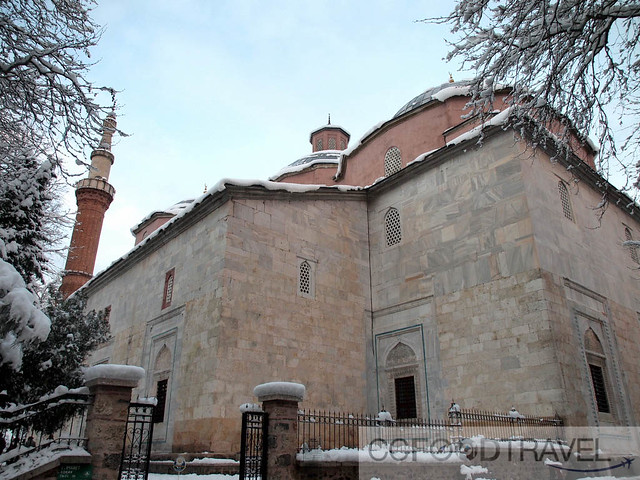
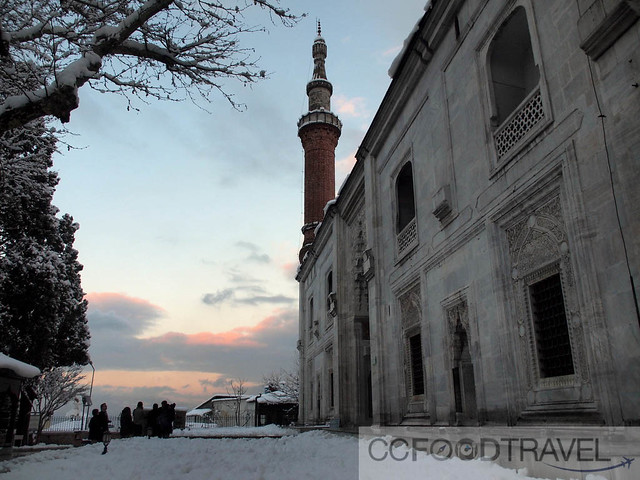
The Green Mosque, commissioned by Sultan Mehmet I Çelebi and finished in 1424, is set on high ground overlooking the valley below.

These structures are seen on several mosques and apparently are specific to Muslim places of worship. Someone commented that it reminded them of our KL Twin Towers;)
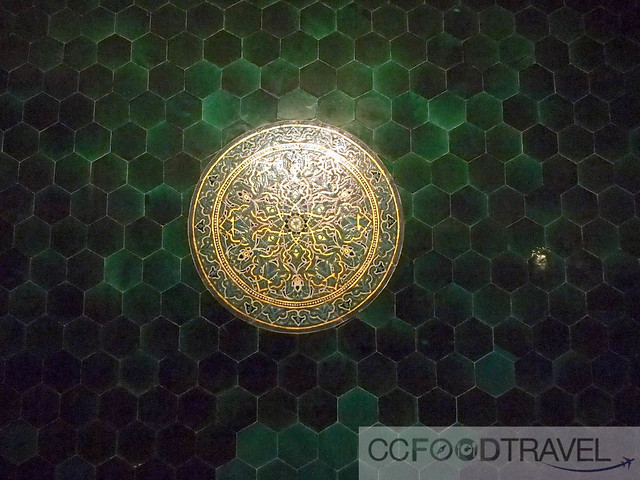
Beautiful green tiles adorn the interior of the mosque
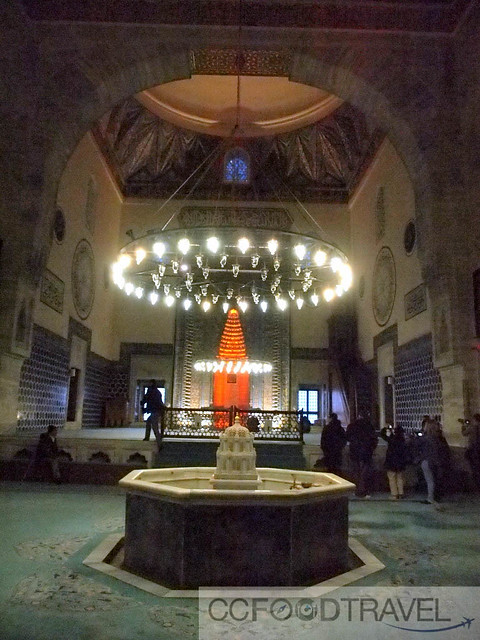

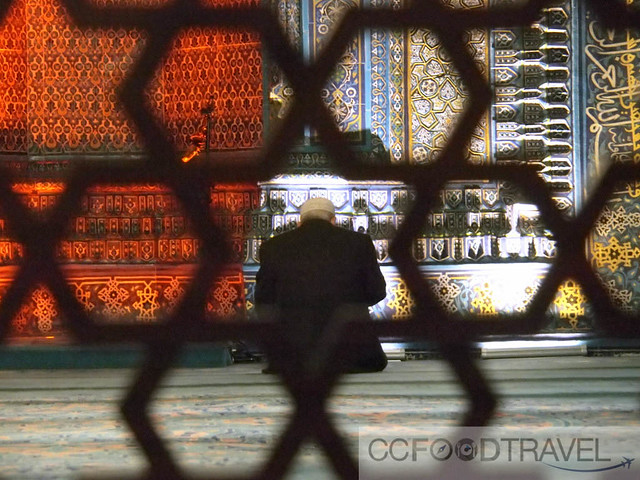
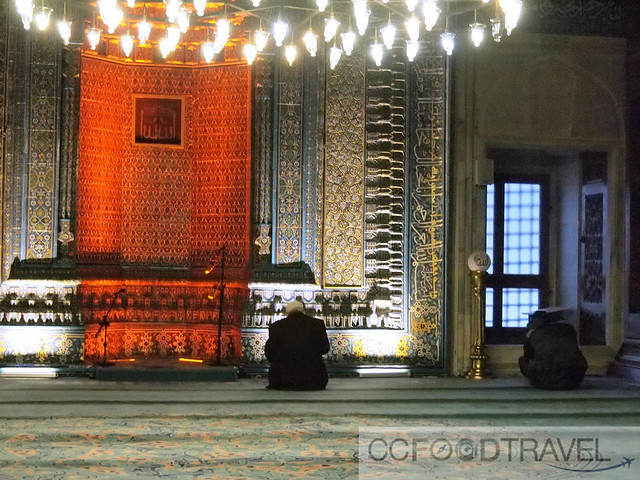
Yesil Cami takes its name from the green-blue tiles of the interior. Its main portal, of marble richly worked, was once sheltered by a columned porch which, along with much of the mosque, was destroyed by earthquake in 1855. Behind the mosque to the south is the oh so pretty, harmonious octagonal Green Tomb (Yeşil Türbe). So pretty, it didn’t even look like a tomb from the outside!
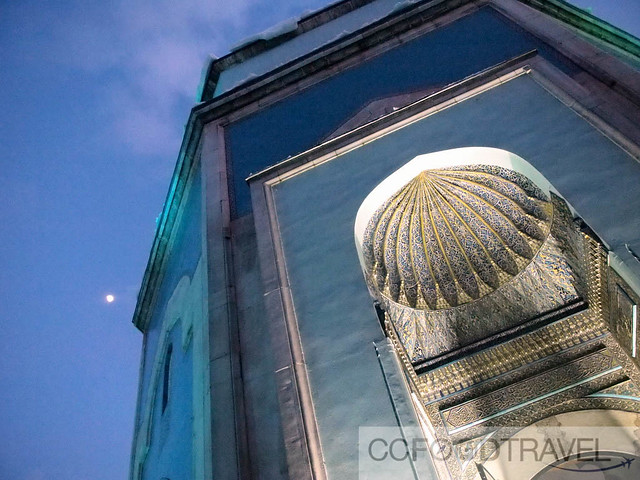
The Green Tomb by moonlight… one would think one might be freaked out about visiting a tomb at nightfall, but this one was eerily beautiful
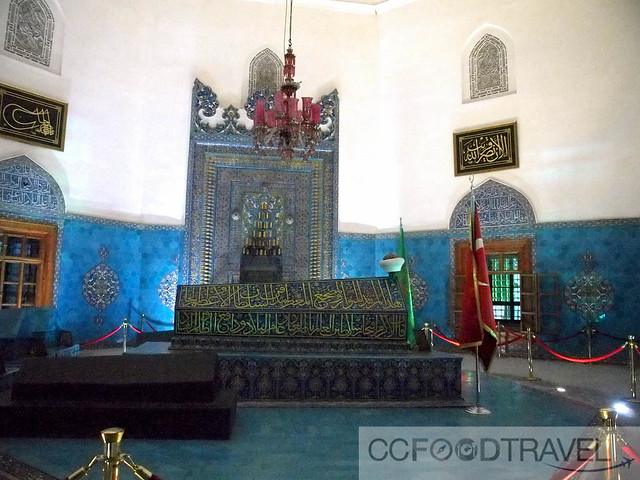
The tomb was covered in blue tiles during restoration work in the 1800s. It was again under restoration in 2008. If you have the chance to glance inside, you’ll see the richly tiled cenotaphs of Sultan Mehmet I and his family.

7. Take a day trip out and ski Uludağ
Uludağ, the ancient Mysian Olympus and Bithynian Olympus, is a mountain in Bursa Province, Turkey, with an elevation of 2,543m. It is a popular center for winter sports such as skiing, and a national park of rich flora and fauna.

This way, to Uludag!

This is definitely the place to learn how to ski. Linking the Bursa suburb of Tefferüç, a five-minute ride southeast of the city center, the cable car whisks folks up above the dense pine and spruce forest to Sarialan in around 40 minutes.

We took a 40 minute cable-car ride up the Great Mountain (2543m) to take advantage of the views and the cool, clear air of Uludağ National Park . Apart from being one of Turkey’s most popular ski resorts, Uludag offers hiking, beautiful views of pine forests, snowy peaks as well as cafes and cool bars to hangout at. Put this place on your To-Do list if you ever visit Turkey.
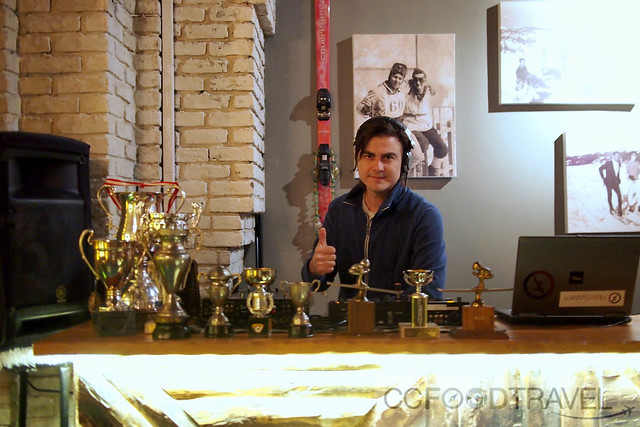
Minimal tunes being spun by Kadir Demir of @ottowatch
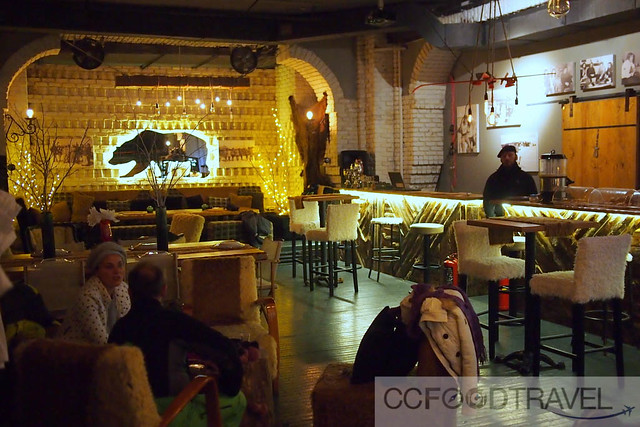
Loads of cool cafes cum lounges hidden below ground level of ski shops … you just need to know where to look…
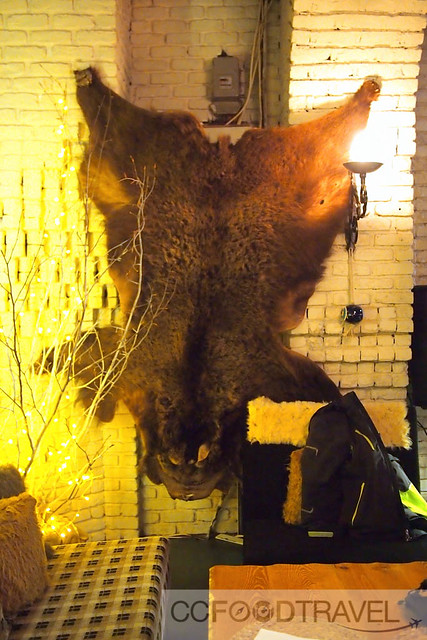
grizzly catch..

@tummyleejones checking out their cool skiing paraphernalia
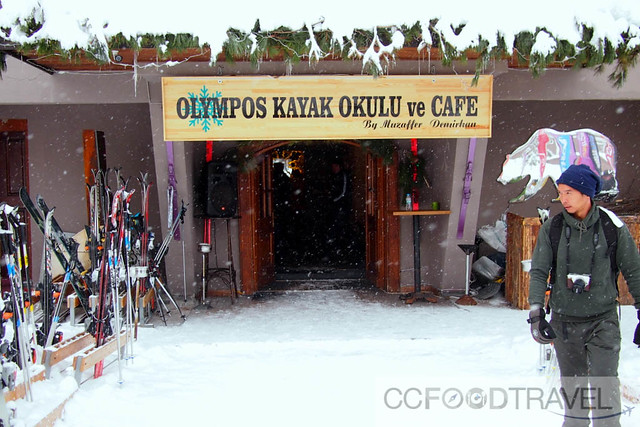
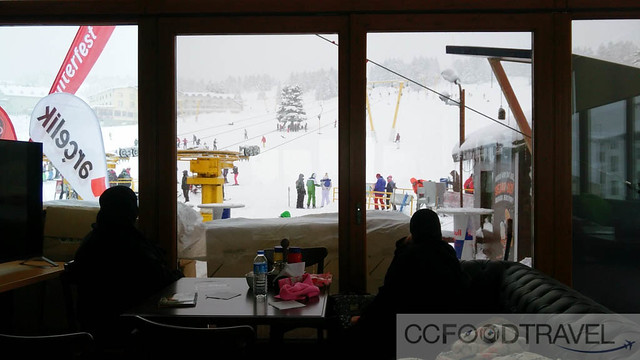
Enjoying hot chocolate from the warmth of the the ski resort’s cafe, Beceren Cafe Uludag
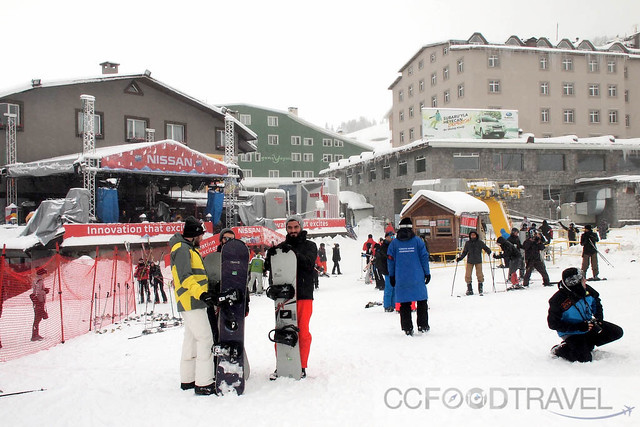
Meanwhile outside, the snow fall becomes heavier, but it doesn’t deter snowboarders nor skiers from pushing harder on the slopes..
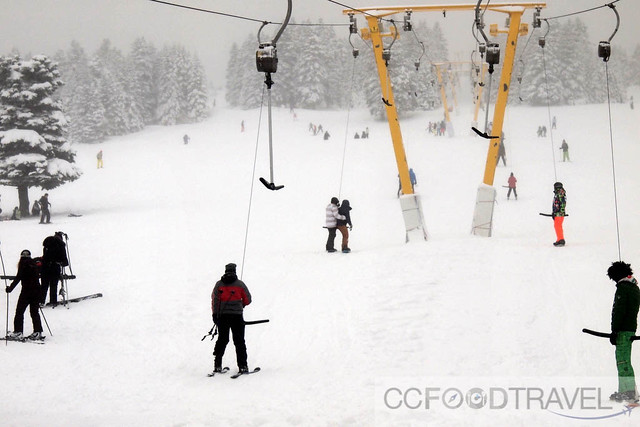

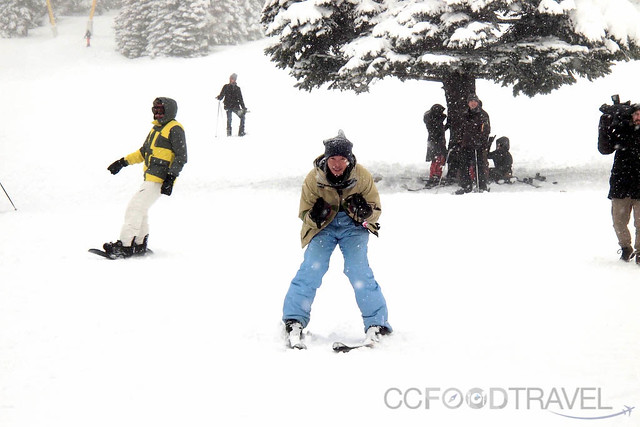
@tummyleejones was owning the slopes of Uludag that morning – a gritty -14°C, and snow falling soft as powder on an equally pristine, icing-sugar like slope. For skiing, it costs approximately USD1000 for 6 pax for all day including rental of gear and instructor (1hr lesson).

8. Have dinner at Montania Boutique Hotel or Iskender
Mudanya is at the southern coast of the Marmara Sea. It is the seaport of Bursa, a hıstorical city which was the capital of the Ottoman Empire before Istanbul.
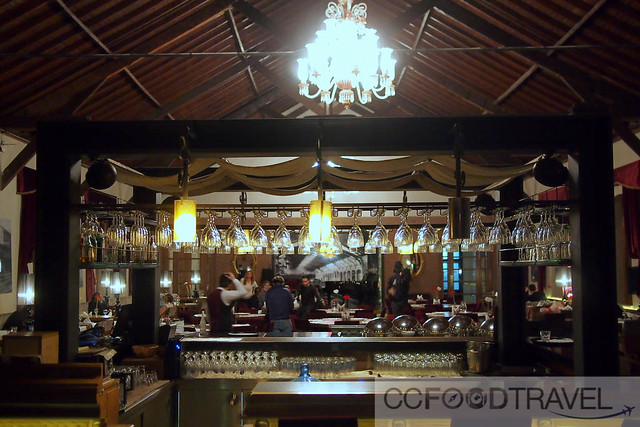
We visited a hotel called Montania, to dine at La Gare restaurant, on the first night in Bursa.

Loved the ambiance here.. tres chi chi!
Hotel Montania is at the seaside next to the Mudanya harbour. The old and nostalgic train station of Mudanya has been transformed into a modern hotel keeping the historical structure intact.

La Gare which served as a waiting room of Historical Train Station in the beginning of 19 century had a fine dining atmosphere about it. We found the food as close to fine dining as you might expect and it was really rather good. They do remarkably delicious seafood here, so the crab, calamari and fish come highly recommended.
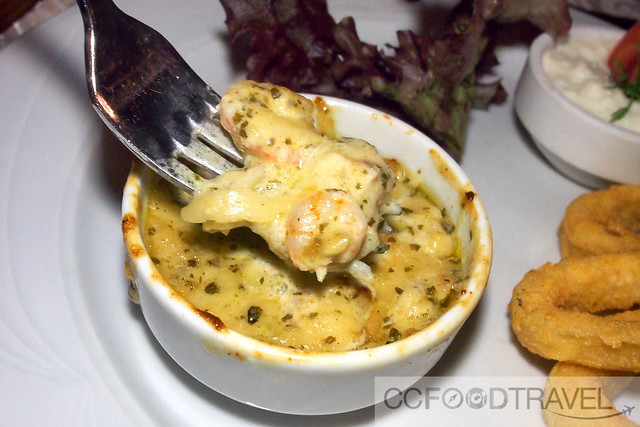
Crab and prawn slathered in cheese sauce and hebs… Good lord.. so lip smacking good!
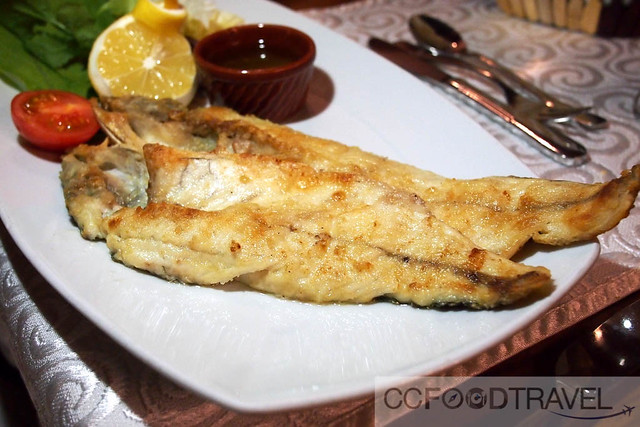
Grilled snapper – succulent and fresh.. no complaints here
Iskender Kebab (another institution where dining is concerned in Bursa) on the other hand was definitely less high end than La Gare, but just as memorable. This place is tauted as one of the best kebab (or kebap) houses to visit in Bursa – clean, tidy, friendly staff and situated in an old building, the restaurant has tons of old charm.
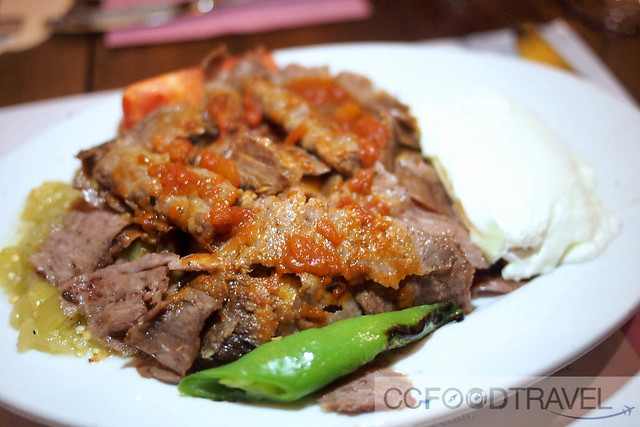
Iskender kebab – half lamb, half calf and charcoal grilled the traditional way…


This is the place where the Doner Kebab was supposedly invented in 1867. You buy the meal by portion size and the meat is served at the table, doused in hot butter sauce, served with tomato and yogurt on the side.

All washed down with their specialty grape juice. Sira sounds like Syrah.. minus the alcohol!
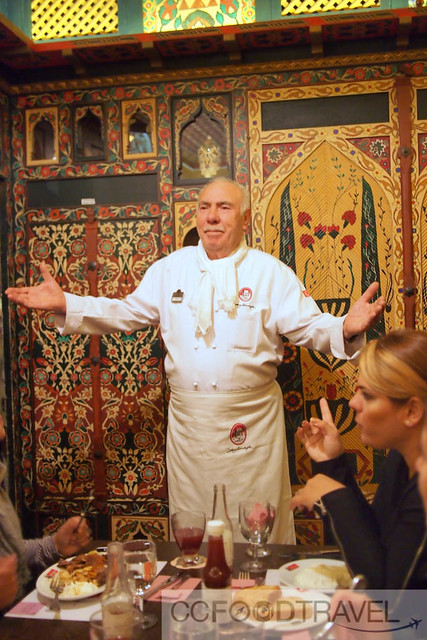
The food was decent and the staff were friendly – definitely come here for the traditional ambiance and laid back vibe.
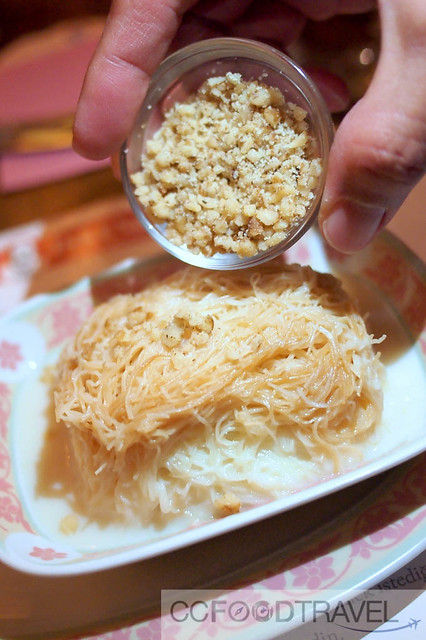
Sutlu Kadayif (vermicelli dessert)- served cold, sweet, milky and nutty, this was a great dessert to end the meal with.
9. Visit Bursa’s Atatürk Museum
OK, I don’t normally like museums unless it’s pissing cats and dogs outside and I have no place left to go, but this one’s a must visit.
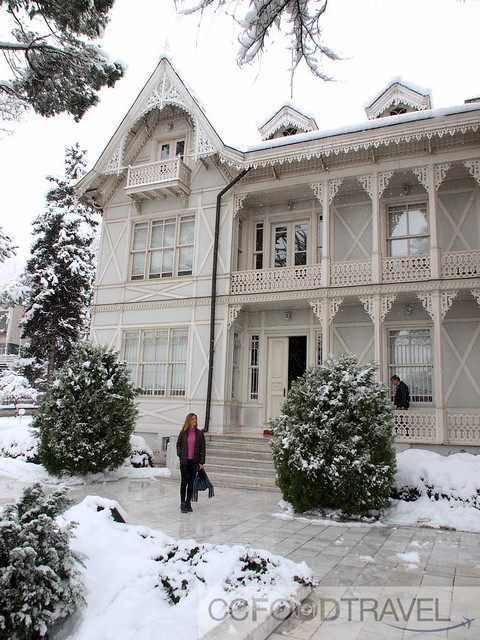
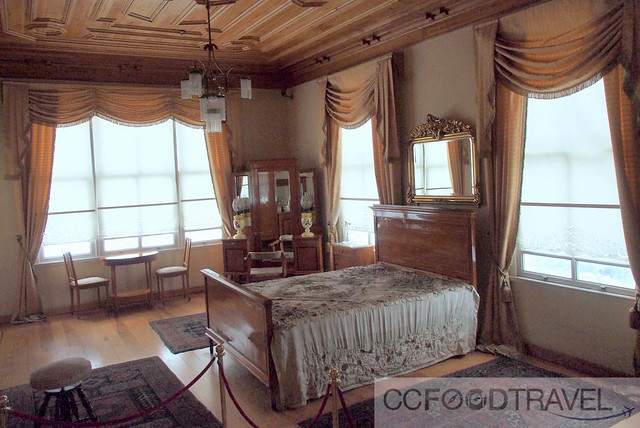
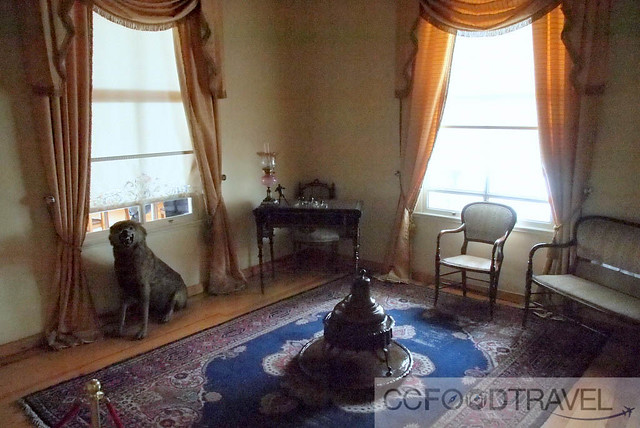
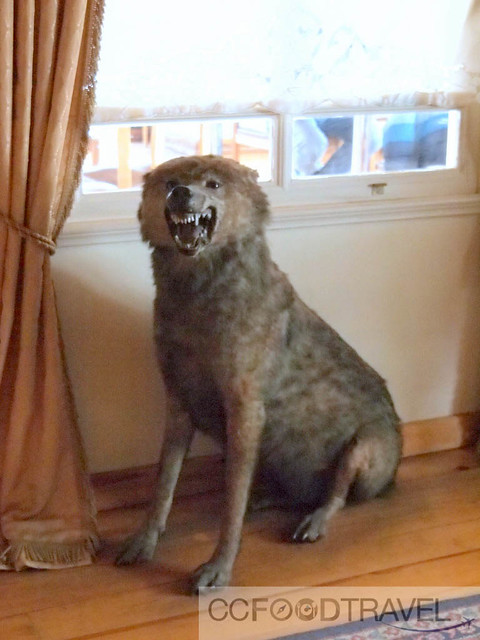
Ataturk’s dog was a real friendly fella;P
Founded in 1973, the Ataturk Museum is situated in Bursa’s westerly suburb of Cekirge and within a grand 19th-century Turkish timber mansion. Mustafa Kemal Ataturk (1881 to 1938), Turkey’s official founder and first president, actually used this mansion as an official residence when he visited the city over the years and remembers his achievements.

The museum celebrates the life and works of Ataturk, the Ataturk Museum is also an excellent example of fine civil architecture, featuring very simple, yet beautiful architecture. The surrounding landscaped garden adds a further element of interest, as do the enclosed balconies and many personal effects and photographs of Ataturk himself. Admission to this museum is free.
10. Explore Koza Hani for Silk buys
Back in the day, Bursa thrived under the Romans, who were attracted, as are so many visitors today, to the thermal springs bubbling from beneath the volcanic Uludağ.
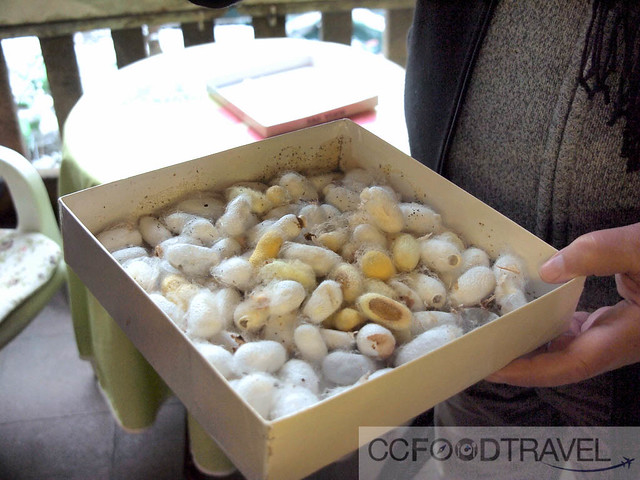
Their Byzantine successors brought the silk worm and the settlement continued to flourish as a major silk-producing center, and today, Bursa’s silk remains a big draw for tourists.
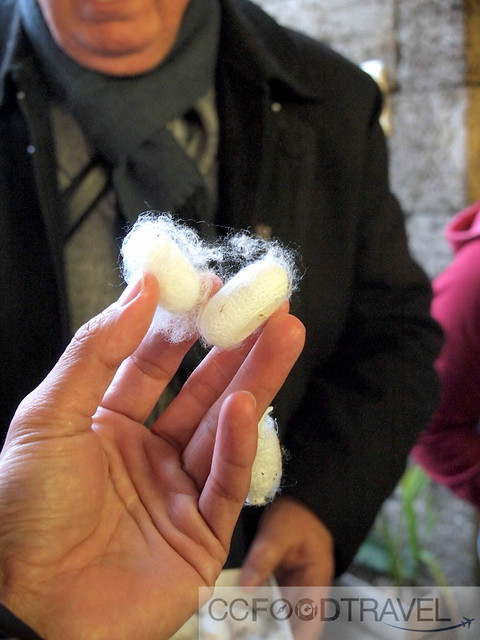
A good place to begin exploring the old part of Bursa, draped like a scarf along the lower, northern slopes of the mountain, is the Koza Hanı. Ladies, this is a great place to get your silk wear and shopping done before returning to KL.
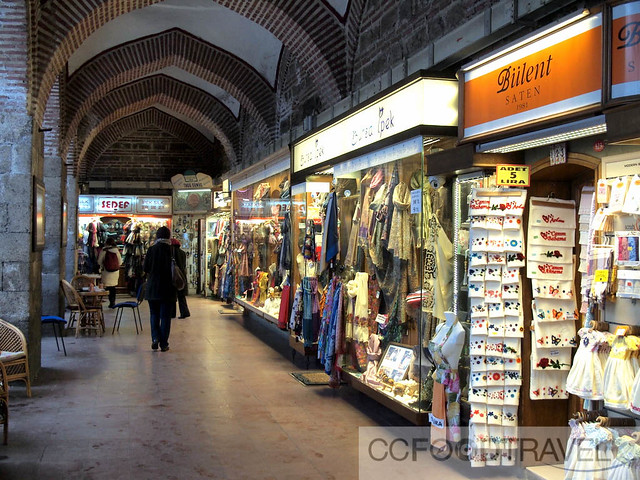
Meaning “Cocoon Inn,” this caravansary was built in 1490 by Beyazit II to raise funds for his mosque in Istanbul. Built on two levels, the inn provided a place for the merchants to trade the last of their goods, as this was the final stop on the Silk Road from China.
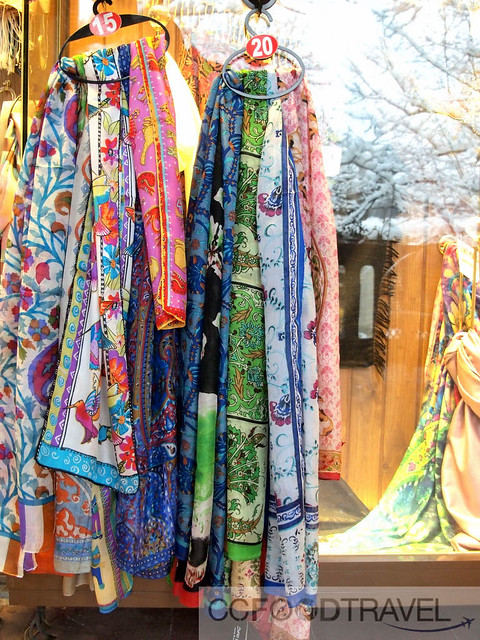
Silk silk silk!

In the middle of the courtyard is a small sadirvan (ablution fountain) for the small mescit (prayer room) poised above; in the summer the verdant space becomes a peaceful tea garden. The monumental portal decorated with turquoise tiles and carvings leads into the covered bazaar. Today the Koza Hani continues its legacy of trading in silk with shops and boutiques stocked with scarves and fabrics at exorbitant but negotiable prices.
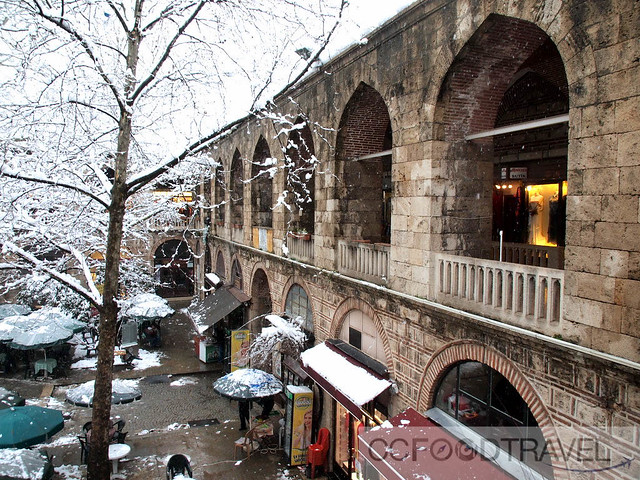
The upper gallery running around the courtyard is still home to shopkeepers selling all kinds of silk items. The courtyard is a pleasantly tree-shaded tea garden, a real oasis of calm in this bustling city. Just west of the Koza Hanı is the covered bazaar, a good selection of small shops selling clothes, towels and fabrics. Definitely visit this place for fabulous silk bargains and souvenirs.
This trip was sponsored by Tourism Turkey. CCFoodTravel maintains full editorial control of the content published on this site as always.






Interesting, very unique, sure is a lovely place to visit. They have snow in Turkey? Gee! I thought it’s Mediterranean. Up in the hills, I guess.
Yup… LOL, Uludag my friend.. Uludag!!
the only bursa i’ve ever been to is the kl stock exchange! but this looks a thousand times more enjoyable! though i might not wanna meet ataturk’s dog in a dark alleyway 😀
HAHAHA. For sure. The stock market makes me depressed. Turkey makes me happy with it’s adventures!
There is still snow in Bursa February 28? Thanks
Jadi belanja kain sutra ??? hahaha
Boleh! 😛
All are good and yummy